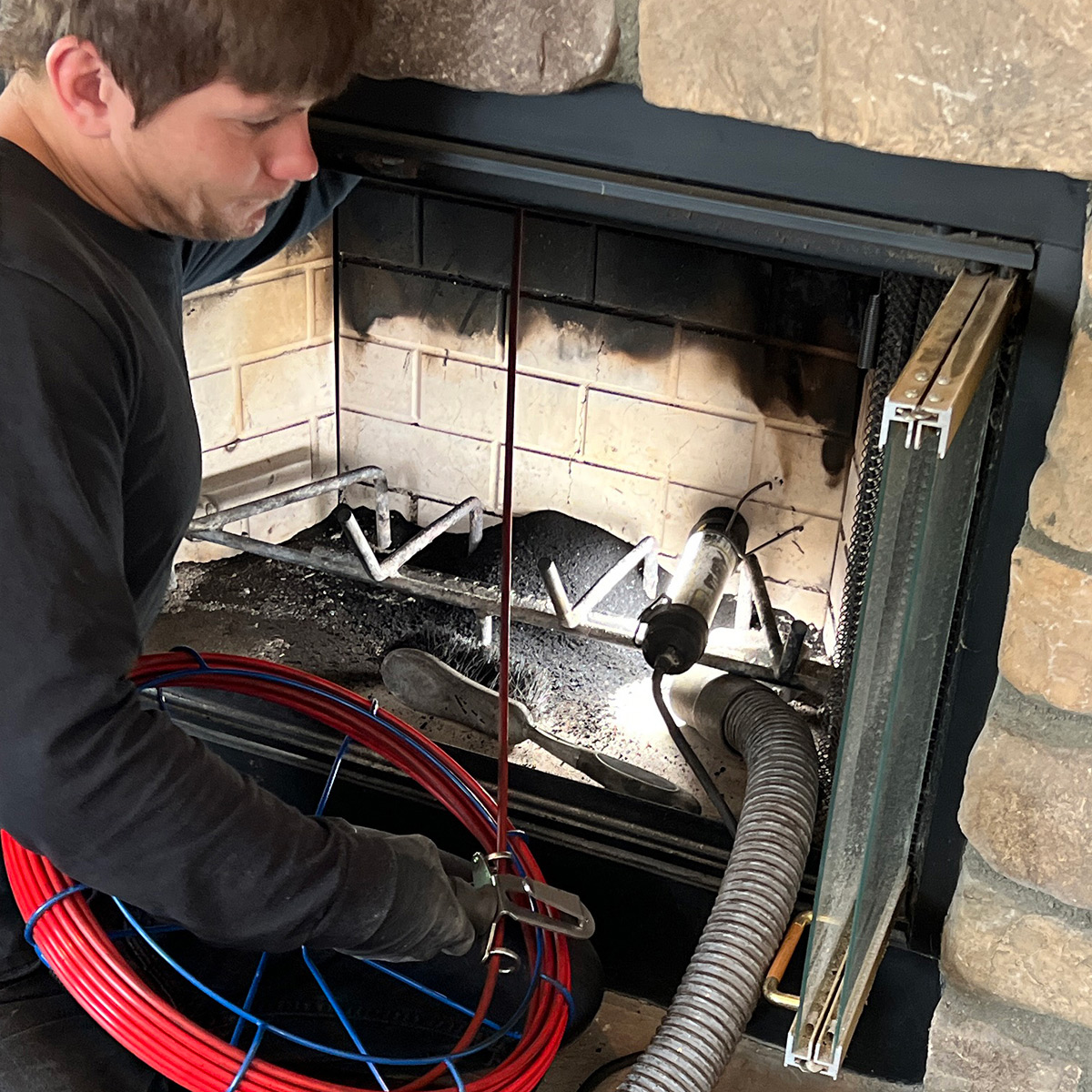Remain Ahead of the Contour: Advanced Chimney Maintenance San Jose Techniques Revealed
Wiki Article
Expert Tips for Effective Chimney Upkeep You Required to Know
Chimneys function as critical parts in lots of homes, providing warmth and comfort. Nevertheless, ensuring their appropriate maintenance is commonly forgotten until problems develop. Recognizing the intricacies of chimney treatment can be the trick to stop expensive repair work and protecting your home and family members. From the relevance of routine assessments to risk-free functional methods, a detailed technique to smokeshaft upkeep is essential. Let's explore specialist tips that can aid you maintain your smokeshaft in optimum condition for several years ahead.Relevance of Normal Examinations
Normal examinations of chimneys are essential for guaranteeing their safety and functionality. Chimneys play a crucial duty in airing vent out unsafe gases and maintaining correct air movement in a home. With time, creosote accumulation, debris, and structural damage can occur within the chimney, positioning serious risks such as chimney fires or carbon monoxide leaks.Throughout a smokeshaft examination, trained experts analyze the problem of the chimney, searching for any indicators of damage, clogs, or wear and tear. They likewise inspect the honesty of the flue, smokeshaft lining, and smokeshaft cap to ensure whatever is in appropriate working order. By identifying and attending to issues early, prospective risks or pricey repair work can be prevented.
Routine evaluations not only assist in preserving the safety and security of the smokeshaft however likewise add to its total effectiveness. A tidy and well-maintained chimney runs better, ensuring appropriate ventilation and reducing the danger of indoor air pollution. Scheduling annual chimney evaluations is a positive step that house owners can take to secure their residential property and liked ones.
Cleaning Strategies and Frequency
Maintaining the security and effectiveness of a smokeshaft includes not only routine examinations however also applying appropriate cleaning strategies and determining the optimal regularity for cleansing. Smokeshafts must be cleaned by a professional smokeshaft move a minimum of yearly, even if they are not frequently utilized. If the chimney is used on a regular basis, especially with wood-burning stoves or fireplaces, it may require even more constant cleansings to protect against the build-up of creosote, a highly flammable material that can lead to smokeshaft fires.Home owners ought to never disregard smokeshaft cleaning, as it is necessary for preserving a secure and practical chimney system. Normal cleansings not just decrease the threat of smokeshaft fires yet likewise improve the chimney's overall performance and long life.
Addressing Chimney Leaks

When attending to smokeshaft leaks, complete assessment and prompt fixings are crucial to avoid water damages and maintain the structural honesty of the smokeshaft. Leaks in additional reading a smokeshaft can lead to major concerns such as mold and mildew development, degeneration of the chimney framework, and even possible fire threats. To successfully resolve smokeshaft leaks, begin by evaluating the chimney cap, crown, blinking, and stonework for any type of signs of damage or wear.
Understanding Creosote Accumulation
To understand the potential risks of creosote build-up in smokeshafts, it is vital to identify its development procedure and impact on smokeshaft efficiency. When wood or fossil fuels are shed, Creosote is a brown or black tar-like material that gathers inside chimney systems. As smoke climbs with the smokeshaft, it cools and condenses, bring about the development of creosote, which follows the smokeshaft walls.
Normal chimney evaluations and cleansings by an expert chimney sweeper are important in preventing creosote build-up and ensuring the safe operation of your chimney system.
Safe Operation Practices
Implementing correct safety methods is crucial for the secure and efficient operation of chimney systems. Always guarantee that the chimney is professionally examined and cleaned up frequently to eliminate any kind of creosote accumulation, which can lead to chimney fires.In addition, make sure to just shed experienced timber in your fire place, as damp or green timber can generate more creosote and cause harmful chimney clogs. Finally, never ever leave a fire ignored and always make certain the fire is entirely snuffed out prior to going to bed or leaving your home. By adhering to these risk-free operation practices, you can take pleasure in a comfy and warm fire while making sure the security of your home and enjoyed ones.
Conclusion
In final thought, maintaining your chimney is essential for ensuring its security and efficiency. Normal evaluations, appropriate cleaning techniques, attending to leakages, taking care of creosote build-up, and following secure procedure practices are vital aspects of chimney upkeep.Over time, creosote build-up, particles, and architectural damages can take place within the smokeshaft, presenting significant risks such as chimney fires or carbon monoxide leaks.
If the smokeshaft is utilized regularly, especially with wood-burning cooktops or fireplaces, it may require more constant cleanings to protect against the build-up of creosote, a highly flammable material that can lead to smokeshaft fires. (Chimney Maintenance San Jose)
To understand the potential hazards of creosote build-up in chimneys, it is essential to acknowledge its formation process and impact on smokeshaft performance. As smoke rises with the chimney, it cools down and condenses, leading to the development of creosote, which sticks to the chimney walls.
Constantly ensure that the chimney is properly examined and cleaned regularly to eliminate any type of creosote build-up, which can lead to smokeshaft fires.
Report this wiki page